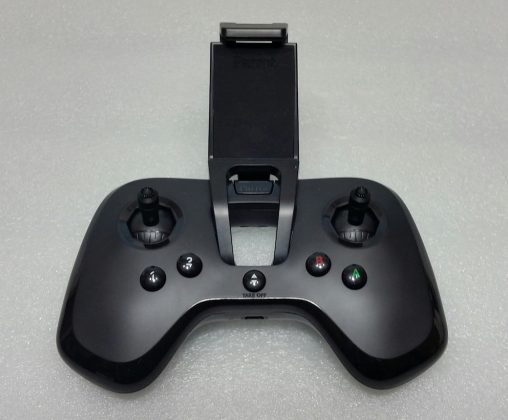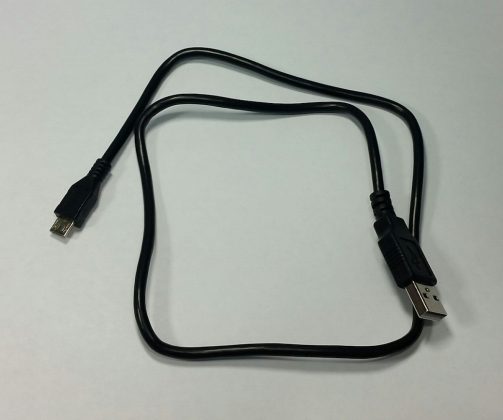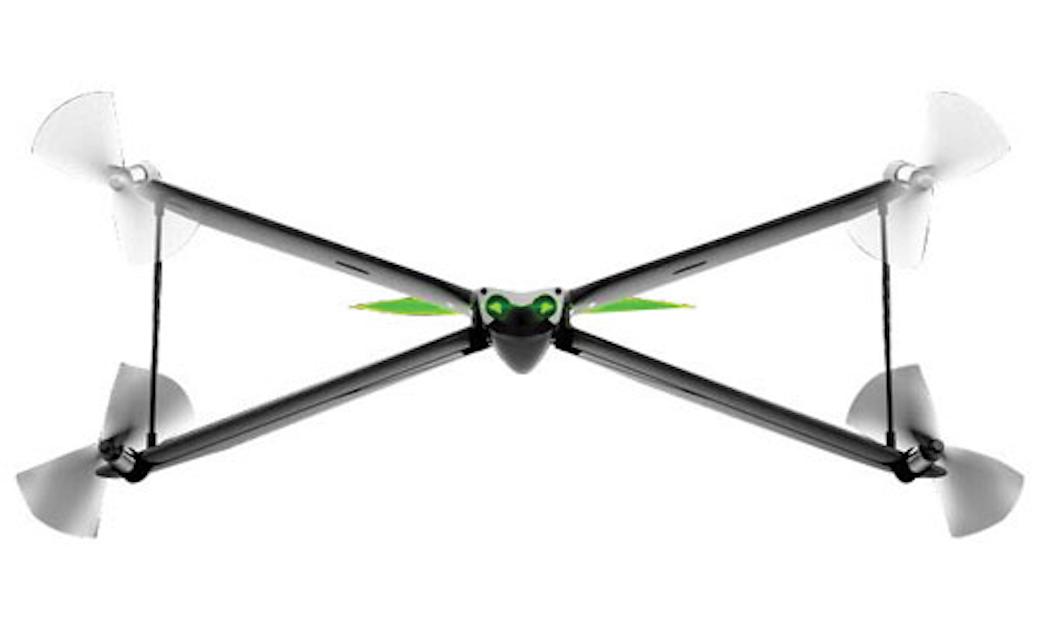 After reviewing the Parrot Mambo Quadcopter Mini Drone with Camera last week, this week I tackle its larger, funkier cousin, the Parrot Swing Quadcopter Mini Drone with Camera & Controller. This drone combines qualities of both a helicopter and an airplane, and it really reminds me of a Star Wars X-Wing Starfighter. However, in reality, the Parrot Swing Drone has a unique style that’s all its own! Keep on reading if you’d like to learn all about this highly original quad drone.
After reviewing the Parrot Mambo Quadcopter Mini Drone with Camera last week, this week I tackle its larger, funkier cousin, the Parrot Swing Quadcopter Mini Drone with Camera & Controller. This drone combines qualities of both a helicopter and an airplane, and it really reminds me of a Star Wars X-Wing Starfighter. However, in reality, the Parrot Swing Drone has a unique style that’s all its own! Keep on reading if you’d like to learn all about this highly original quad drone.
INTRODUCTION
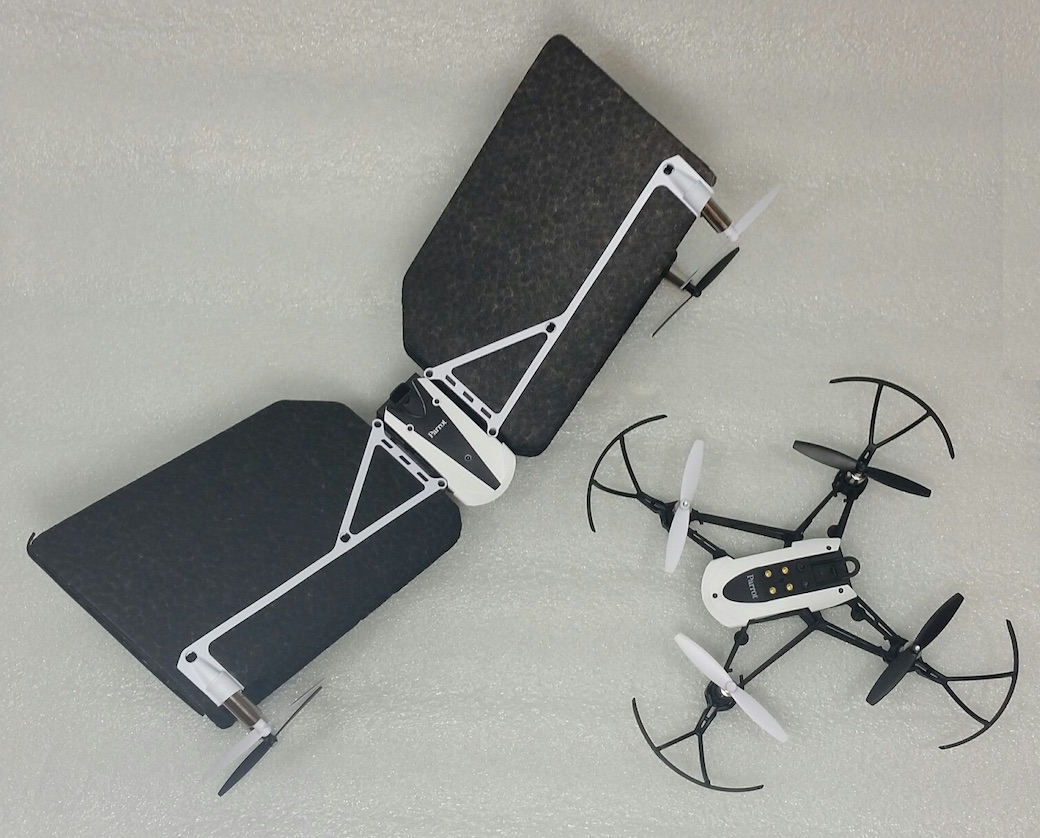 The Parrot Swing Quadcopter Mini Drone with Camera & Controller is a weird looking drone that comes ready to fly right out of the box, and by fly I mean perform some truly amazing aerial acrobatics—provided it’s not too windy outside when you’re flying it!
The Parrot Swing Quadcopter Mini Drone with Camera & Controller is a weird looking drone that comes ready to fly right out of the box, and by fly I mean perform some truly amazing aerial acrobatics—provided it’s not too windy outside when you’re flying it!
Featuring a unique X-shaped wing design, it’s got the ability to fly either vertically (as a typical quadcopter) or horizontally (classic airplane style). In fact, it’s actually the first VTOL airplane drone that I have personally come across, so it definitely gets some coolness points for just that fact alone! While the vertical (quad mode) configuration provides stability for takeoff & landing, making it easy to take to the air and later return back to Earth, the horizontal (or plane mode) allows for high-speed racing & impressive stunt flying.
Among the manoeuvres that the Swing Drone is capable of performing are front flips, back flips, climbs, loops, sudden half-turns, and a number of others. Better still, several of these flight patterns are actually pre-programmed into the Swing Drone’s control systems, and are therefore relatively easy for users to accomplish. The Swing Drone also offers a built-in 0.3 Megapixel camera, a top cruising speed of 30Km/h (about 18.6mph), a plethora of stable flight features (including a 3-axis accelerometer, a 3-axis gyroscope, and various sensors), and a 550mAh LiPo Battery that lasts for roughly 7 minutes of total flying time on a single charge. The included USB charging cord takes (from my experience in testing) about 1-2 hours to fully charge the battery, but Parrot does advertise a 2.1A charger (available separately) that can achieve a full charge in a mere 30 minutes. Finally, you can control the Swing using your favourite smart device, provided it’s running on either iOS 7 (and up) or Android 4.3 (and up). Of course, a smart device is not the only control option you’re given…
TESTING & PLAY
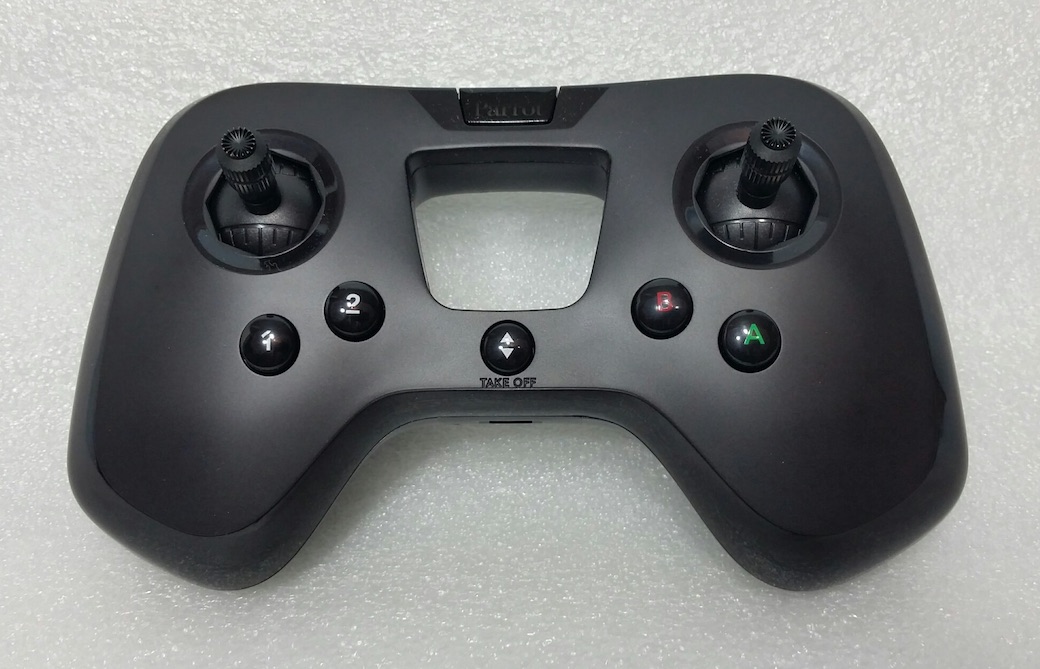 One thing about the Swing Drone that isn’t true of the Mambo is that there’s an extra option for controlling it. And that’s because the Swing comes with its own hand held remote (called the Flypad Controller) that gives you all of the features of the app, and then some. For example, whereas controlling your Swing via the app and your smart device gives you the range of a standard Bluetooth 4.0 connection (i.e., 20 metres), the hand held remote gives you a whopping triple range of 60 metres. Needless to say, if you’ve got 60 m of territory to work with, I suggest using the remote! Of course, an even better option may be to combine the two. You can actually attach your smart phone physically to the Flypad Controller via a connector device that you’ll see (attached to the controller) in the image gallery below. This gives you the benefit of using the FreeFlight Mini App to view information on your smart phone’s screen, while not giving up the enhanced power of the Flypad Controller.
One thing about the Swing Drone that isn’t true of the Mambo is that there’s an extra option for controlling it. And that’s because the Swing comes with its own hand held remote (called the Flypad Controller) that gives you all of the features of the app, and then some. For example, whereas controlling your Swing via the app and your smart device gives you the range of a standard Bluetooth 4.0 connection (i.e., 20 metres), the hand held remote gives you a whopping triple range of 60 metres. Needless to say, if you’ve got 60 m of territory to work with, I suggest using the remote! Of course, an even better option may be to combine the two. You can actually attach your smart phone physically to the Flypad Controller via a connector device that you’ll see (attached to the controller) in the image gallery below. This gives you the benefit of using the FreeFlight Mini App to view information on your smart phone’s screen, while not giving up the enhanced power of the Flypad Controller.
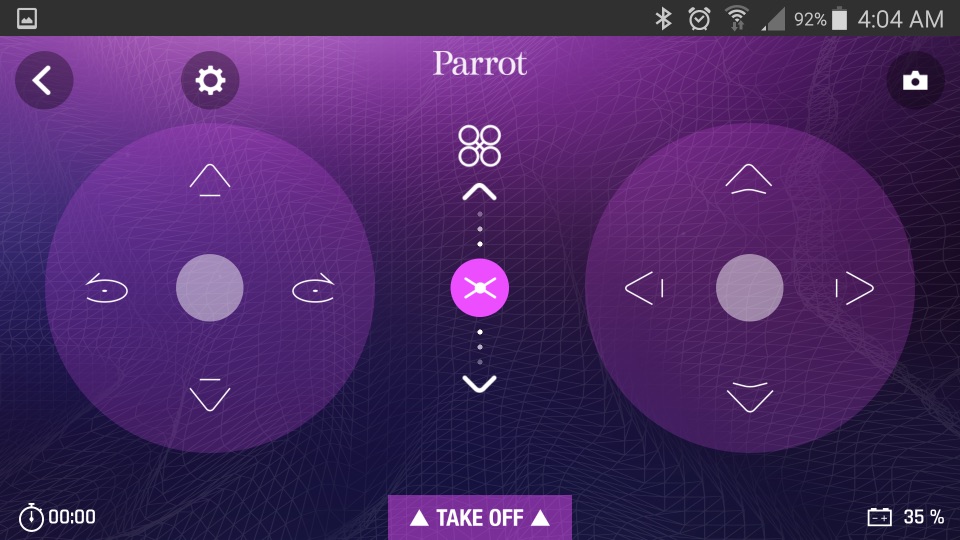 Among the advantages of using the FreeFlight Mini App along with the Parrot Flypad Controller are the ability to see how much power your drone’s battery has left at any given point in time. It’s shown at the bottom right corner of the app screen, and there’s even an audible warning when you’re running out of juice. Also, you can use the camera icon at the top right of the screen to start taking photos, or do any of the other things that the app is capable of doing. For example, if you find it easier to select flight options visually, the app’s user-friendly interface may make it easier for you to perform stunt maneuvers than using the Flypad Controller would. The point is, it’s entirely up to you how you choose to control your drone!
Among the advantages of using the FreeFlight Mini App along with the Parrot Flypad Controller are the ability to see how much power your drone’s battery has left at any given point in time. It’s shown at the bottom right corner of the app screen, and there’s even an audible warning when you’re running out of juice. Also, you can use the camera icon at the top right of the screen to start taking photos, or do any of the other things that the app is capable of doing. For example, if you find it easier to select flight options visually, the app’s user-friendly interface may make it easier for you to perform stunt maneuvers than using the Flypad Controller would. The point is, it’s entirely up to you how you choose to control your drone!
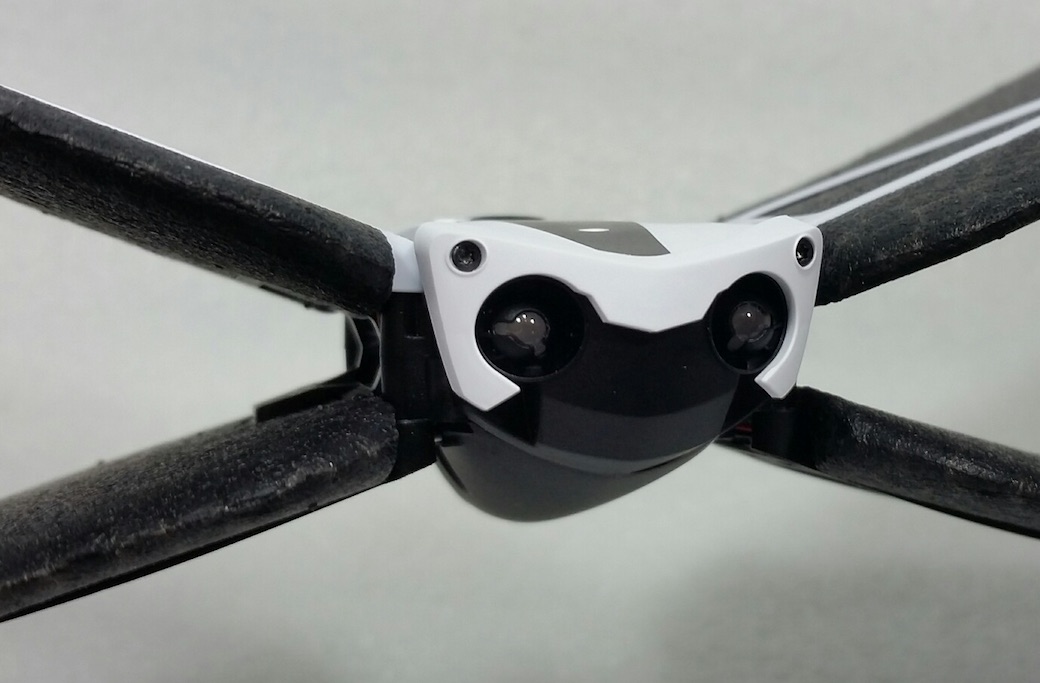 As for my own flying experience, I had difficulty finding good weather with which to work, so I ended up dashing off to the park between rain showers in an attempt to fly between the raindrops.
As for my own flying experience, I had difficulty finding good weather with which to work, so I ended up dashing off to the park between rain showers in an attempt to fly between the raindrops.
Unfortunately, the Swing Drone has a considerable amount of surface area on its large styrofoam wings, and the wind really wreaked havoc on all my attempts to perform some of it’s coolest stunt maneuvers. Since you need to be flying horizontally to successfully complete the stunts, and since the wind kept pushing the drone more into its quad mode configuration, most of my attempts failed miserably. Still, I didn’t really mind all that much, because it was a lot of fun to fly the Swing Drone anyway. While the wind at times seemed to hold me up, or push me off course, at other times I managed to catch a great tailwind and the Swing Drone really took off—at least for a few seconds. This made flying the Swing Drone a whole lot of fun, and I would love to have another go at it in better weather. Unfortunately, it just happens to be that wet and windy time of the year…
EXAMINING THE VIDEO EVIDENCE
Please take a quick peek at my short video review of the Parrot Swing Drone. In it you’ll see quite a bit of in-action footage, as well as a close up examination of the drone itself. Unfortunately, my attempts at acrobatic flying didn’t go over very well, but I still got some pretty good footage of ordinary flying:
FINAL THOUGHTS
If you enjoy hobby drones, then there’s a very good chance that you’ll enjoy this one! I can’t say that I like it quite as much as the Parrot Mambo Drone (that thing was awesome!), but, the Swing is actually a bit better than the Mambo in some pretty significant ways. For instance, having the ability to fly 60 metres (as opposed to just 20) is a pretty big plus, as is the option of using the hand held remote rather than just your smart device. All in all, either one of these awesome little drones from Parrot is sure to please most hobby drone enthusiasts, and I certainly do recommend them both. Until next time, happy flying!

